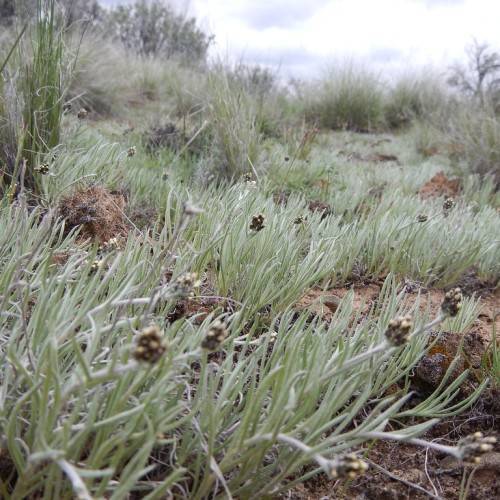
Narrowleaf Pussytoes
Antennaria stenophylla
Watering:
Minimal
Hardiness Zone:
Sun:
full sun,part shade
Leaf:
Yes
Growth Rate:
Low
Drought Tolerant:
Yes
Salt Tolerant:
Yes
Care Level:
Low
watering
Rosy Pussytoes require regular watering to keep the soil consistently moist. Water the plant when the top inch (2.5 cm) of soil is dry, approximately once per week, enough to moisten the entire soil profile, but without making the soil soggy. During the spring and summer months, watering may need to be done more frequently, especially if weather conditions are very hot or dry. Water should be added to the plant’s soil until the excess begins to drip out of the bottom of the pot. After that, allow the pot to drain completely before returning it to its designated spot.
sunlight
Rosy Pussytoes (Antennaria rosea subsp. arida) need full to partial sunlight to grow and flower properly. It should receive at least 4-6 hours of direct sunlight, preferably in the afternoon, every day. If possible, it should receive direct sunlight for the entire day. It is tolerant of drought and wind, making it ideal for those climates where these conditions occur. For best growth, water the plant once per week in the morning; more frequent watering may be necessary if temperatures rise.
pruning
Rosy Pussytoes (Antennaria rosea subsp. arida) should ideally be pruned in early spring. Pruning should mainly focus on removing dead or damaged branches and stems. Pruning in the springtime encourages Rosy Pussytoes to branch out, giving the plant a bushier appearance and fullness. To ensure the plant’s health, only trim off a maximum of 1/3 of the original mass to keep the silhouette and health of the plant intact. If done correctly, Rosy Pussytoes should respond with good growth in the coming season.
